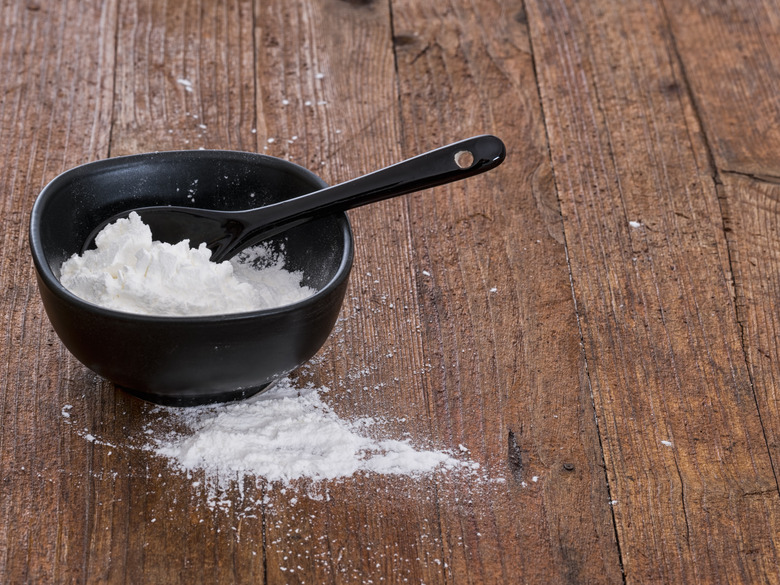Different Granulating Binding Agents
The manufacturing of a tablet includes compressing a drug with several excipients. Mere compaction of a dry powder between two punches yields a tablet that easily crumbles. Adding a binding agent helps to hold the powder particles together as tiny granules. When such a mix is subjected to compression, it results in production of a tablet that is sufficiently hard to withstand the rigors of subsequent packing and transportation. Certain natural and synthetic polymers and sugars are commonly used as binding agents.
Starch
Starch
Starch is one of the earliest known binding agents to be used in tablet manufacturing. It is a white powder without any odor or taste. Native starches are available from a wide variety of plant sources such as corn, potato and wheat. However, these varieties tend to be highly viscous, to agglomerate, and have poor flow properties, making their handling difficult during the tablet manufacturing process. Newer varieties such as pregelatinized starch, help to overcome these drawbacks because they are pre-cooked and partly hydrolyzed during the production stage. Such varieties lend themselves well to wet granulation as well as direct compression methods of tablet manufacture.
Microcrystalline Cellulose
Microcrystalline Cellulose
Plant fibers contain alpha cellulose which can be chemically modified by controlled hydrolysis. This yields a partially depolymerized form of cellulose called microcrystalline cellulose (MCC). Generally, this product has a polymerization degree less than 400. MCC is useful in the preparation of tablets prepared by direct compression as well as wet granulation methods. Unlike other traditional binders that slow down the process of tablet disintegration, MCC acts as a binding and disintegrating agent. Tablets containing MCC should not be exposed to high humidity conditions, which tend to soften the tablets.
Povidone
Povidone
Chemically known as polyvinyl pyrollidone, povidone is a common binder generally used at a concentration of 5 percent. It is a polymer available in different grades depending on the molecular weight. It is soluble in water and other solvents generally used in pharmaceutical manufacturing. It acts as a binding agent for wet granulation and direct compression methods. Some grades of povidone are also useful in the preparation of sustained release tablets.
Liquid Glucose
Liquid Glucose
Liquid glucose is a type of glucose obtained from corn starch. Liquid glucose is a colorless to yellowish-colored viscous liquid that contains glucose molecules. The process of its manufacture includes partially hydrolyzing starch using an acid or enzyme. Being a viscous liquid with strong cohesive property, it acts as a good binding agent in tablet manufacture.
Cite This Article
MLA
Stewart, David. "Different Granulating Binding Agents" sciencing.com, https://www.sciencing.com/different-granulating-binding-agents-8647281/. 25 June 2011.
APA
Stewart, David. (2011, June 25). Different Granulating Binding Agents. sciencing.com. Retrieved from https://www.sciencing.com/different-granulating-binding-agents-8647281/
Chicago
Stewart, David. Different Granulating Binding Agents last modified March 24, 2022. https://www.sciencing.com/different-granulating-binding-agents-8647281/
